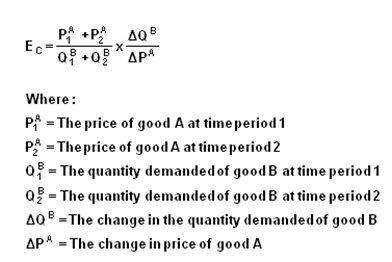- Home
- About Us
- Services
- Online Assignment Help
- Auditing Assignment Help Service
- Nursing Assignment Help
- Excel Assignment Help
- Advanced Economics Homework Help
- XML Assignment Help
- Strategic Management Assignment Help
- Logarithm Assignment Help
- Probability Assignment Help
- Matrices Assignment Help
- Commercial Bank Management
- Thesis Proposal Help
- Corporate Strategy
- Electrical Engineering
- Civil engineering
- Mechanical Engineering
- Electronics Engineering
- Financial Plan Development
- Research Paper
- Political Science Assignment Help
- Operations Management Assignment Help
- Computer Vision Assignment Help
- Commercial Bank Management
- IT Security Assignment Help
- College Essay Help
- Term Paper Help
- Medical Science Assignment Help
- Nursing Thesis Writing Help
- Religion
- Thesis Help
- Supply Chain Management Assignment Help
- Australia Assignment Help
- Cause and Effect Essay
- International Finance Assignment Help
- Statistics Assignment Help
- Computer Science
- Information Technology
- Bioinformatics Assignment Help
- Biostatistics Assignment Help
- Excel Assignment Help
- Taxation
- Research Proposal Help
- SAASU Assignment Help
- Auditing Assignment Help Service
- Workplace Learning in Finance
- Dissertation & Homework Help
- Custom Essay Writing Help
- Online Assignment Help
- Reviews
- Tutors
Financial Statement Analysis
The basic limitation of traditional approach to financial statements comprising balance sheet and the profit and loss account is that they do not give all the information related to the financial operations of a firm. Nevertheless, they provide some extremely useful information to the extent that the balance sheet mirrors the financial position on a particular date in terms of the structure of assets, liabilities and owners’ equity and so on and the profit and loss account shows the results of operations during a certain period of time in terms of the revenues obtained and the cost incurred during the year. Thus, the financial statements provide a summarized view of the financial position and operations of a firm. Therefore, much can be learnt about a firm from a careful examination of its financial statements as invaluable documents/performance reports. The analysis of financial statements is, thus, an important aid to financial analysis.
Understanding Financial Statement Analysis
The focus of financial analysis is on key figures in the financial statements and the significant relationship that exists between them. The analysis of financial statements is a process of evaluating the relationship between component parts of financial statements to obtain a better understanding of the firm’s position and performance.
The first task of the financial analyst is to select the information relevant to the decision under consideration from the total information contained in the financial statements.
The second step is to arrange the information in a way to highlight significant relationships.
The final step is interpretation and drawing of inferences and conclusions. In brief, financial analysis is the process of selection, relation and evaluation.
Ratio Analysis:
Ratio Analysis is a widely used tool of financial analysis. It can be used to compare the risk and return relationships of firms of different sizes. It is defined as a systematic use of ratio to interpret the financial statements so that the strengths and weaknesses of a firm as well as its historical performance and current financial condition can be determined. The term ratio refers to the numerical or quantitative relationship between two items/ variables. This relationship can be expressed as percentages, say net profits are 25 percent of sales assuming net profits of $25000 and sales of $100000.
Fraction (net profit is one-fourth of sales) and Proportion of numbers (the relationship between net profits and sales is 1:4). These alternative methods of expressing items which are related to each other are, for purposes of financial analysis, referred to as ratio analysis.
The rationale of ratio analysis lies in the fact that it makes related information comparable. A single figure by itself has no meaning but when expressed in terms of a related figure, it yields significant information.
For more details you can visit our website at https://www.helpwithassignment.com/finance-assignment-help and http://www.helpwiththesis.com
Our other articles on Finance include Present Value, Net Present Value, Internal Rate of Return, Present Value Annuity, Private Equity & Venture Capital




